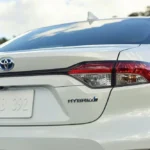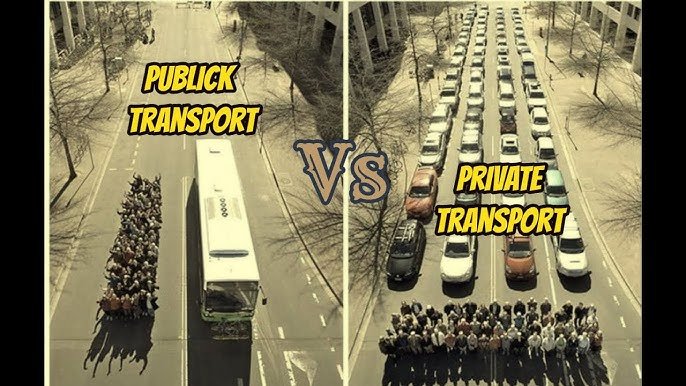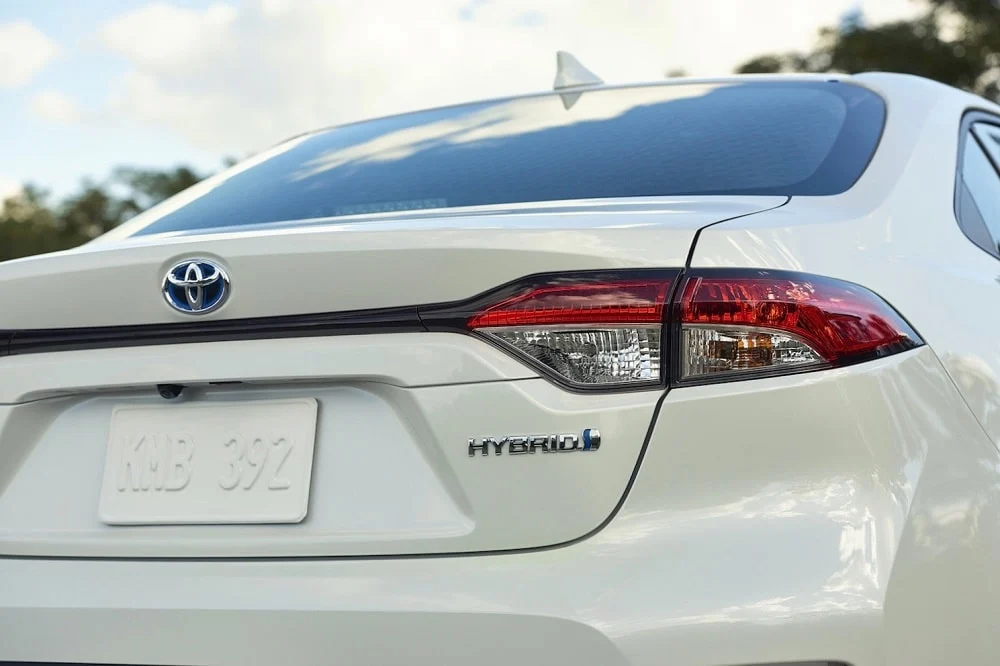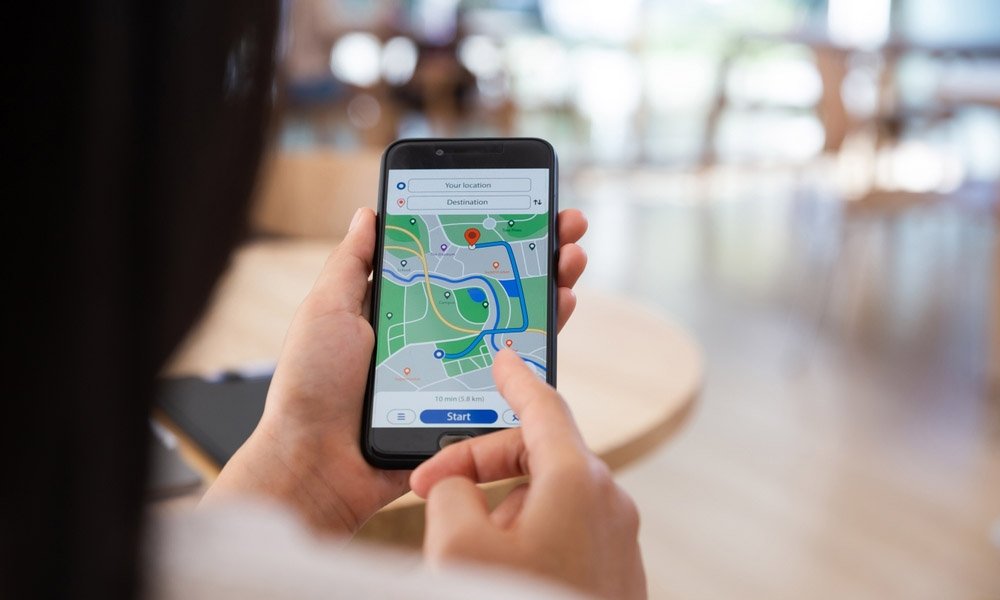Transportation plays a pivotal role in our daily lives, influencing how we commute, spend our time, and impact the environment. Two primary options—public transit and private cars—offer distinct advantages and challenges. Understanding the pros and cons of each can help you make an informed decision that aligns with your lifestyle and values.
Public Transit
Public transit systems include buses, trains, subways, and trams, offering shared mobility solutions in cities and regions worldwide.
Pros
Cost-Effective
Public transit is often significantly cheaper than owning and operating a private car. With no need to pay for fuel, maintenance, insurance, or parking, commuters can save thousands annually.
Environmentally Friendly
Public transportation reduces the number of vehicles on the road, cutting greenhouse gas emissions and conserving energy. Trains and buses, especially electric-powered ones, have a smaller carbon footprint per passenger compared to private cars.
Reduced Traffic Congestion
With more people using public transit, there are fewer private vehicles on the road, leading to smoother traffic flow and less congestion in urban areas.
Accessibility
Public transit provides mobility options for people who cannot drive, including students, the elderly, and individuals with disabilities.
Multitasking Opportunity
While commuting on public transit, passengers can read, work, or relax, making the journey more productive or enjoyable.
Cons
Limited Flexibility
Public transit operates on fixed schedules and routes, which may not align with personal travel needs or last-minute plans.
Overcrowding
In peak hours, public transit vehicles can become overcrowded, reducing comfort and personal space.
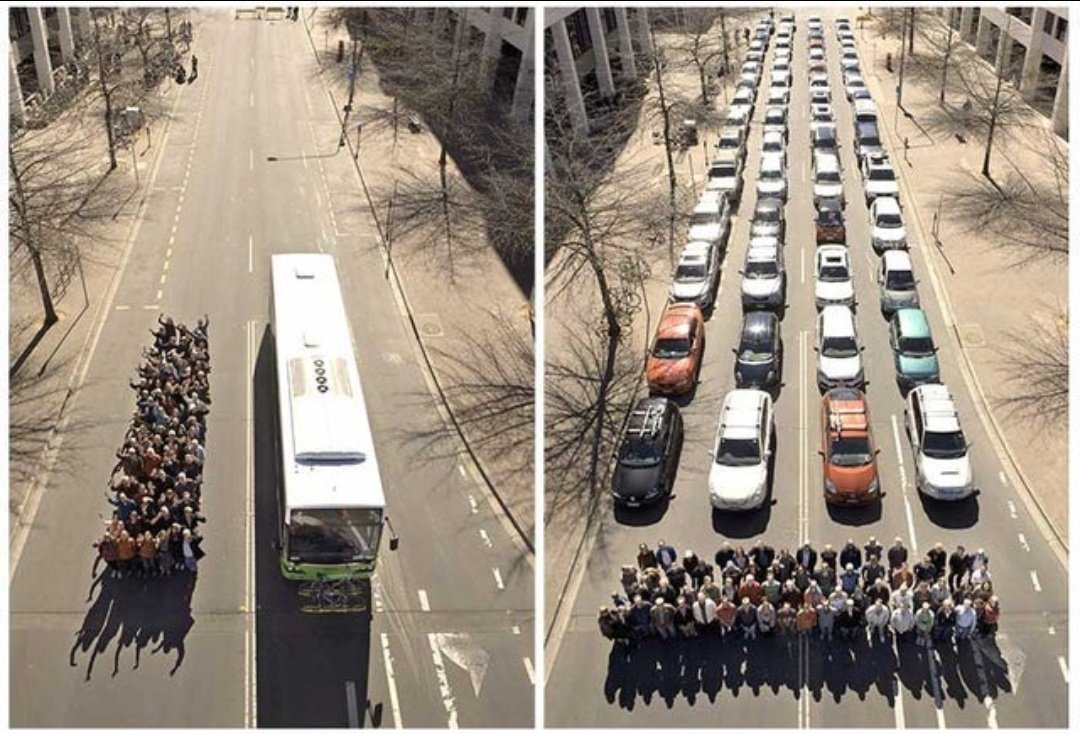
Reliability Issues
Delays, cancellations, and breakdowns can disrupt schedules and create frustration for passengers.
Accessibility Gaps
Not all areas have comprehensive public transit systems, particularly in rural or suburban regions.
Private Cars
Owning a private car offers personal mobility, allowing drivers to travel on their own schedule and route.
Pros
Convenience
Private cars offer unparalleled convenience, enabling door-to-door travel at any time without relying on schedules or routes.
Privacy
Unlike public transit, cars provide a private space where passengers can enjoy solitude, personal conversations, or their choice of music and entertainment.
Versatility
Private cars are ideal for trips to locations not serviced by public transit, including rural areas and remote destinations.
Reliability
Drivers can control their own schedule and route, avoiding the delays and disruptions often associated with public transit.
Safety During Pandemics
Private cars limit exposure to crowds, reducing the risk of transmission of illnesses like COVID-19.
Cons
High Costs
Owning a car is expensive, with costs including the initial purchase, fuel, insurance, maintenance, parking, and potential tolls.
Environmental Impact
Private cars contribute significantly to greenhouse gas emissions, especially when powered by fossil fuels.
Traffic Congestion
High car usage leads to traffic congestion, especially in densely populated urban areas, increasing travel times and stress.
Parking Challenges
Finding and paying for parking can be time-consuming and expensive in cities.
Sedentary Lifestyle
Relying on private cars for short distances reduces physical activity, contributing to health issues over time.
Key Factors to Consider
Cost
Public transit is usually more affordable, but private cars provide greater convenience and flexibility. Consider your budget and frequency of travel to determine which option makes the most financial sense.
Environmental Impact
If sustainability is a priority, public transit is the clear winner, with lower emissions per passenger. Electric vehicles can mitigate some environmental concerns associated with private cars.
Lifestyle
For those with irregular schedules, long commutes, or remote destinations, private cars may be more practical. Conversely, public transit suits individuals in urban areas with reliable systems and shorter travel needs.
Accessibility
Assess the availability of public transit routes in your area. If you live in a transit-friendly city, public transportation might meet your needs effectively.
Conclusion
The choice between public transit and private cars depends on personal priorities, including cost, convenience, environmental impact, and lifestyle needs. Public transit excels in affordability and sustainability, while private cars provide unmatched flexibility and comfort.
By evaluating your circumstances and considering a combination of both options, you can create a transportation strategy that aligns with your goals, whether it’s saving money, reducing your carbon footprint, or enjoying the freedom of personal mobility.



